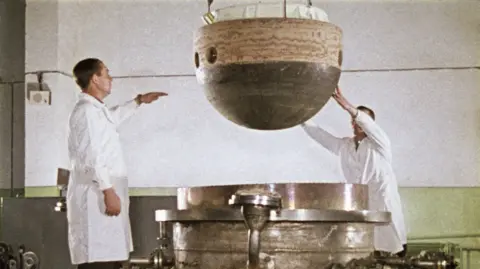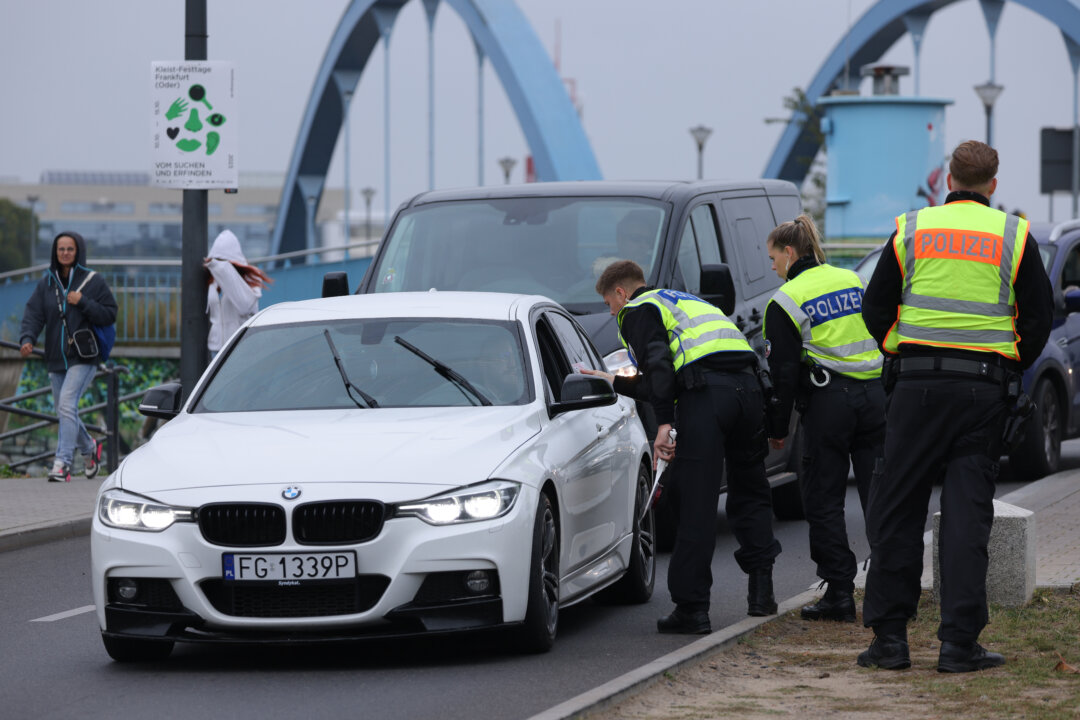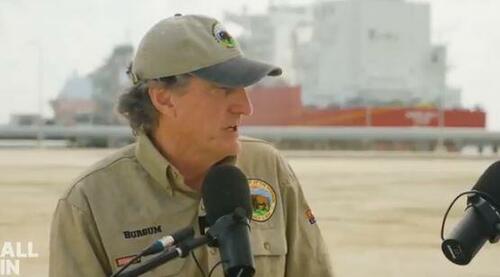Kosmos 482: Soviet spacecraft will likely fall to Earth this week

Soviet-era spacecraft likely to crash back to Earth
Maddie Molloy
Climate & Science reporter

 Getty Images
Getty Images
Part of a Soviet-era spacecraft is expected to crash back to Earth this week after being stuck in orbit for more than half a century.
Kosmos 482 was launched in 1972 as part of a mission to Venus but it never escaped low Earth orbit and separated into four pieces, according to Nasa.
One of those pieces, believed to be the lander probe, is expected to re-enter our atmosphere around 10 May and at least part of it could survive the journey without burning up, according to Nasa.
There is much we don’t know about the re-entry, including where it might land, but even if any of it does survive, 70% of the planet is covered by sea so it is unlikely to cause significant damage.
“It’s much more likely that you win the lottery than that you get impacted by this piece of space debris.” said Mr Stijn Lemmens, Senior Space Debris Mitigation Analyst at the European Space Agency.
The lander capsule is a tough, spherical object about a metre wide and weighs nearly half a tonne.
It was built to survive the extreme heat and pressure of Venus’s atmosphere, meaning it has a robust heat shield and durable structure.
This is why experts think it may survive an uncontrolled descent through Earth’s atmosphere.
The parachute system, originally intended to slow the lander’s descent towards Venus, is likely long since degraded after more than 50 years in space.
The risk to people on the ground is considered low, but the capsule’s projected flight path could see it land anywhere between 51.7° north and south latitude, covering most of the inhabited world.
This means it could potentially land anywhere from as far north as London to as far south as the southern tip of South America.
Uncontrolled space debris incidents have occurred before.
Mr Lemmens explained that the “re-entry of human-made objects into Earth’s atmosphere occurs quite frequently,” happening weekly for bigger spacecraft and daily for smaller ones. Objects typically burn up in the earth’s atmosphere before they reach the ground.
China’s Long March 5B booster re-entered over the Indian Ocean in 2022, and the Tiangong-1 space station mostly burned up over the Pacific in 2018.
Kosmos 482 is now being closely tracked by international space agencies.
Mr Lemmens said that future spacecraft “should be designed in such a way that they can take themselves out of orbit safely, preferably by doing controlled re-entries”.
This allows for precise predictions of landing locations, reducing the risk of any debris impacting populated areas, thereby protecting people and property while “managing the environmental impact of space debris.”














